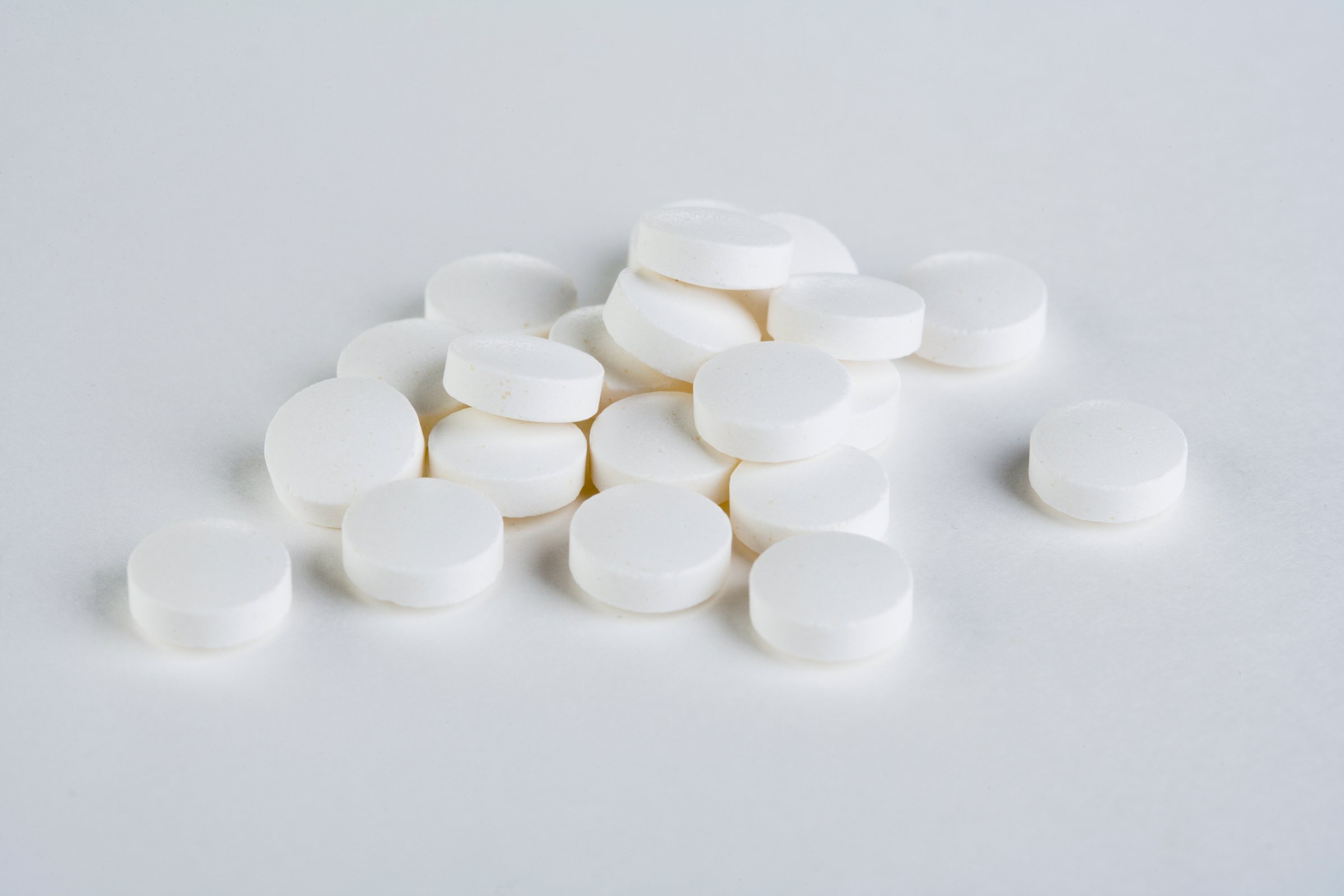
Vitamin D is a common treatment for weak bones, especially in the elderly. As bones start to thin and become more brittle with age, vitamin D—from dairy foods or in the form of pill supplements—can help to slow the deterioration of bone and protect against falls and fractures. But how much you need to keep bones strong isn’t as clear.
Studies that have looked at vitamin D doses that are much higher than the currently recommended 800 IU a day (or about 24,000 IU a month) have found some disturbing results that suggest too much of the vitamin may actually increase falls and fractures among the elderly.
So Dr. Heike Bischoff-Ferrari, chair of geriatrics and aging research at the University Hospital Zurich, and her colleagues conducted a study to test where the ideal range of vitamin D doses might be for helping seniors avoid bone problems. In a study reported in JAMA Internal Medicine, the research group divided 200 people 70 years or older who had already had falls into three groups. One took the standard, currently recommended 24,000 IU of vitamin D a month, another took 60,000 IU a month and a final group took 24,000 IU of vitamin D plus 300 micrograms of calcifediol, a broken down form of vitamin D that’s more readily available to muscle and bone.
“We expected that we would see more benefit by going to the higher doses of vitamin D,” says Bischoff-Ferrari. Instead, they were surprised to find that fewer people taking the lowest dose of the vitamin, at 24,000 IU monthly, had falls (about 48%) while more of those taking the two higher doses (about 66.5%) fell during the year that the scientists monitored them.
MORE: How Vitamin D Affects Alzheimer’s Risk
“Contrary to expectations, we found that actually the lowest dose was the most advantageous for any of the outcomes we looked at,” says Bischoff-Ferrari.
Not only did the people taking 24,000 IU monthly have fewer falls, but they also showed better muscle strength in their lower extremities, an indication that they might be better protected against falls and potential fractures.
MORE: Who Should—And Who Shouldn’t—Take Vitamin D
Bischoff-Ferrari says that the results therefore hint at a possible magic range for vitamin D levels that might be most effective in preventing falls. About 58% of the people in the study were deficient in vitamin D, meaning they did not have blood levels indicating they consumed the recommended 24,000 IU a month. But both these D-deficient people as well as those who were getting enough vitamin D lowered their risk of falls and showed improvements in their lower limbs. That suggests that there may be a window of vitamin D levels that promote muscle strength and therefore bone health; both below this magic range and above it, the risk of falls increases. At lower doses, the muscle and bone may be weak, but at higher doses, the falls may simply be a reflection of the fact that the stronger bone and muscle make it possible for people to become more mobile and physically active, therefore increasing their chances of falling. But at around 24,000 IU a month, “we have a safe strategy for the prevention of vitamin D deficiency and also the prevention of falls,” says Bischoff-Ferrari.
Not everyone agrees. There is still debate over whether daily doses of the vitamin or monthly boluses like the kind used in the study (which are more convenient) have the same effect. While the half life of vitamin D means it will stick around in the body for anywhere from three to six weeks before being completely broken down, the study did not compare daily dosing to the monthly doses. In an editorial comment on the study, other researchers note that no gold standard trials—which would compare a control group that takes no vitamin D to groups that do—have definitively shown the benefits of vitamin D supplements in preventing falls.
The new study is likely not the last word on vitamin D’s role in preventing falls and fractures. But in the meantime, doctors agree that it probably doesn’t hurt to follow current advice and consume around 800 IU of the vitamin a day, preferably from the diet but also from supplements if needed.
More Must-Reads from TIME
- Cybersecurity Experts Are Sounding the Alarm on DOGE
- Meet the 2025 Women of the Year
- The Harsh Truth About Disability Inclusion
- Why Do More Young Adults Have Cancer?
- Colman Domingo Leads With Radical Love
- How to Get Better at Doing Things Alone
- Michelle Zauner Stares Down the Darkness
Contact us at letters@time.com